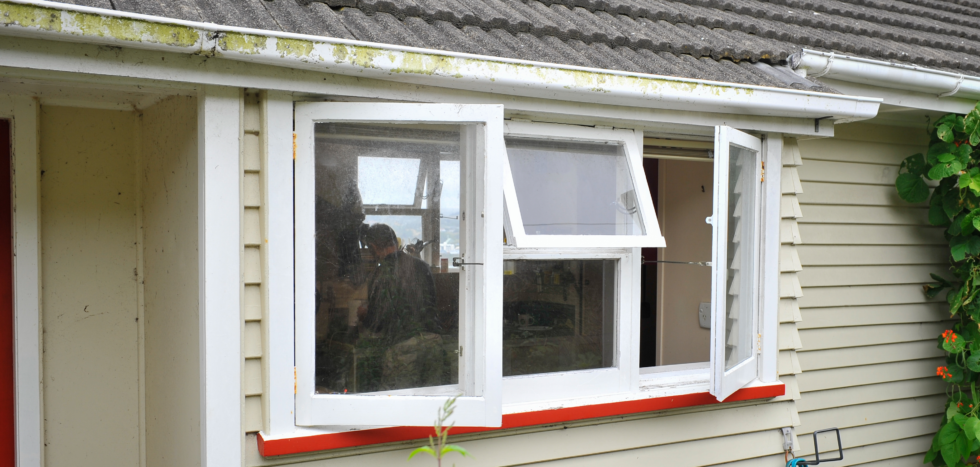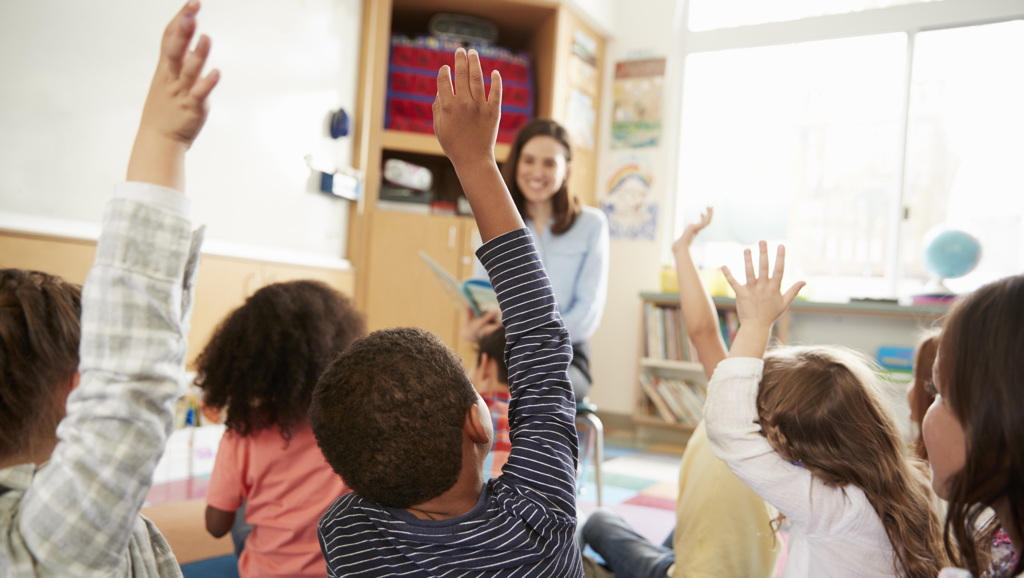
18 October 2022
Improving ventilation in indoor spaces is a key strategy to prevent Covid-19 transmission, but it is unclear whether extensive messaging about this is changing behaviour or reducing transmission. Funded by the Ministry of Health, NIWA air quality researchers are carrying out research to understand ventilation behaviour and examine how well spaces used by our most vulnerable populations are, and could be, ventilated.

14 October 2022
Te Tāhuhu o te Mātauranga | The Ministry of Education has developed a series of downloadable resources to support schools with good ventilation. They provide guidance relating to:
- Ventilation in a space
- Portable air cleaners
- CO2 monitoring
A link to COVID-19 Ventilation research and studies is also provided.
28 February 2022
Ventilation is a key and relatively underutilised public health measure that can reduce the risk of Covid-19 transmission. Last year we outlined the need for adequate ventilation in schools and highlighted the need for nationwide ventilation surveillance. In this blog we provide an overview of the results of carbon dioxide (CO2) monitoring carried out in a variety of schools at the start of the Omicron wave. These results highlight that excessive levels of CO2 can build up in classrooms – and that this can be prevented by window opening.
27 February 2022
In the Covid-19 era, sneezing loudly in the office can turn heads, especially if the perpetrator is un-masked.
So, as well as complaining about air conditioning that runs too hot or too cold, workers are now asking whether souped-up ventilation can deal with virus particles, helping slow the spread of Omicron
24 February 2022
Aotearoa New Zealand is in a major Omicron outbreak. With Covid-19 cases doubling every few days, what opportunities are there to strengthen the mitigation approaches in early education settings? In this blog we discuss what is needed to protect this group of children and their whānau as we navigate the next phases of the Covid-19 outbreak. There remains substantial scope for further risk reduction measures, especially relating to improving ventilation, increasing outdoor activities and appropriate mask use.
23 February 2022
Our complacency about indoor air contributed to our vulnerability to COVID-19, and we’ll continue to be vulnerable to COVID and other emerging threats until we re-think how we share our air.
Humans are social; we need to be with each other. That’s what made us vulnerable. Our first defences against COVID-19 were social distancing and lockdowns – highly effective against the spread of the virus, but damaging to our economies and punishing for our mental health, social support networks, family relationships and child development.
Now that Omicron is spreading and lockdowns are likely over, can we preserve the in-person experience without the risk? Science warns more variants and pathogens are surely coming, including those we have no vaccine for. Are masks enough? Can we do things better next time?
Can you recall those early, fearful days of the pandemic, not knowing when a vaccine would come, if ever? But all along there was a simple public health measure available for everyone: fresh air.
16 February 2022
In addition to other public health measures (such as mask use, staying home when unwell, vaccination, and reducing numbers of people and time spent in waiting rooms or other places where people mix), good ventilation (bringing in as much outdoor air as possible) and air cleaners are additional layers that can help reduce the risk of COVID-19 transmission.
When assessing ventilation and air cleaning systems, thought should be given to the room usage. Improvements in ventilation are particularly effective in reducing airborne cross-infection risk in high occupancy areas where there is little close contact between people, e.g. waiting rooms.

26 January 2022
Airborne transmission is the primary transmission pathway for the virus (SARS-CoV-2) that causes COVID-19. Transmission can be reduced through mask use, physical distancing and ventilation of indoor spaces. The New Zealand Indoor Air Quality Research Centre (IAQRC) have conducted modelling and assessed ventilation rates in a variety of NZ buildings, which has led to advice for the NZ Government on ventilation and air cleaning practises to reduce the transmission risk of COVID-19.

17 December 2021
It is important you consider how you ventilate your teaching and other occupied indoor spaces. Along with testing, vaccination, good hygiene and physical distancing, good ventilation is important in minimising the risk of airborne transmission of the virus that causes COVID-19.
8 December 2021
Advice from the Ministry of Health includes ways to reduce the risk of COVID-19 through air ventilation, air conditioning and air cleaning.

27 October 2021
In this blog, we discuss how to use carbon dioxide (CO2) measures as a proxy for estimating the level of ventilation in a building and to guide ventilation improvements in schools and workplaces.
26 October 2021
Indoor environments increase the risk of transmission for the virus that causes Covid-19 (SARS-CoV-2) by containment and concentration of the airborne virus. However, to reduce such transmission, the particles that carry the virus can be diluted by bringing in as much outdoor air as possible. When good ventilation is not possible, air purifiers can be used as an additional preventative measure to reduce the number of virus-laden particles.
21 September 2021
New Zealand classrooms are often crowded, damp, mouldy and poorly ventilated – prime conditions for Covid to spread. And with new strains affecting children more than ever, making our schools safer should be an urgent priority
10 September 2021
Ventilation is a valuable protection that works well in combination with other pandemic control measures such as vaccination and mask use, with additional benefits for improving children’s learning and concentration.
30 August 2021
The importance of indoor aerosol transmission of the virus that causes COVID-19 is increasingly recognised. In this blog we address the particular need to improve ventilation in three settings: (i) homes with contacts who are self-isolating; (ii) indoor workplaces that have essential workers; and (iii) MIQ facilities.
